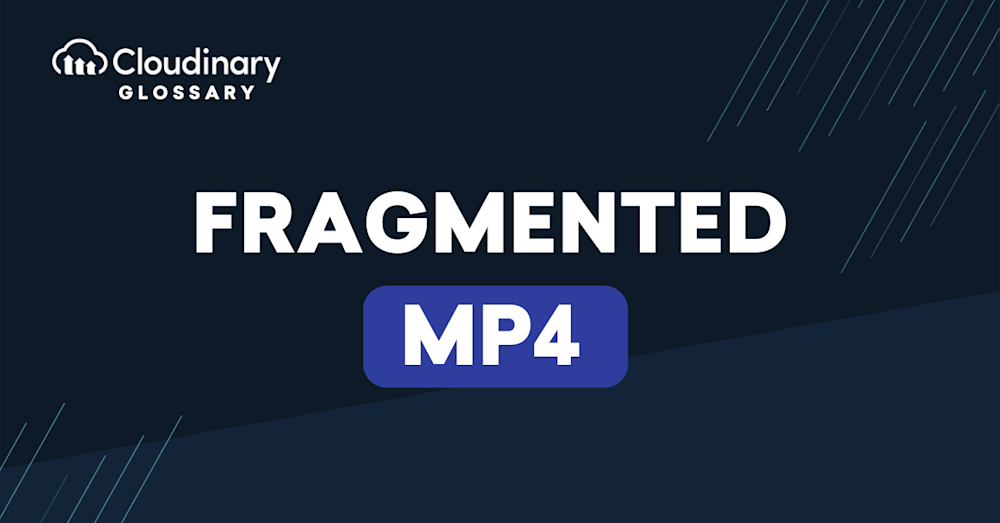What is Fragmented MP4?
Fragmented MP4, often abbreviated as fMP4, is a version of the standard MP4 file format designed to enhance streaming efficiency over the internet. Unlike traditional MP4 files, which require the entire file to be downloaded or sufficiently buffered before playback can begin, fragmented MP4 splits the video into smaller, independently decodable segments or “fragments.” This structure allows for the immediate start of video playback after downloading only a small initial segment, significantly improving the streaming experience for users with varying internet speeds.
The key advantage of fragmented MP4 lies in its adaptability and efficiency in delivering content for adaptive streaming technologies, such as MPEG-DASH and Apple’s HLS (HTTP Live Streaming). By dividing the video into fragments, the server can dynamically adjust the quality of the video stream based on the viewer’s internet connection speed, reducing buffering times and enhancing playback smoothness. This makes fMP4 particularly well-suited for live streaming and on-demand video services, where viewer experience is paramount.
The Difference between Standard and Fragmented MP4
The critical difference between fragmented MP4 and standard MP4 is their encapsulation and delivery mechanisms. While a standard MP4 file is a complete entity with all the information encapsulated within a single file, a fragmented MP4 breaks the video into smaller segments, facilitating adaptive streaming and optimized delivery.
One of the primary advantages of fragmented MP4 is its ability to support Dynamic Adaptive Streaming over HTTP (DASH). DASH enables adaptive streaming by dynamically adjusting video quality and delivery based on the viewer’s network conditions and device capabilities. Fragmented MP4 is an ideal format for DASH, as the segmented structure allows for seamless bitrate switching and improved video playback experiences.
Where Can You Use Fragmented MP4?
Fragmented MP4 offers versatile applications in video delivery, allowing for enhanced streaming experiences in various contexts:
- Video Streaming Platforms – Fragmented MP4 is widely used in video streaming platforms to deliver content efficiently and adaptively. By separating the video into smaller fragments, video streaming services can optimize playback based on the viewer’s network conditions, providing seamless and uninterrupted streaming experiences.
- Live Streaming – Live streaming events, such as sports matches, concerts, or conferences, often deliver real-time video content. Fragmented MP4 can adaptively segment and deliver live video streams, ensuring smooth playback and minimizing buffering.
- Multi-bitrate Content – Many video platforms offer multiple bitrate options for viewers with varying internet speeds or device capabilities. Fragmented MP4 enables the seamless transition between different bitrates, allowing viewers to experience the best possible quality without interruptions or buffering.
- Cloud-based Video Processing – In cloud-based video processing workflows, fragmented MP4 provides flexibility and efficiency. By breaking videos into fragments, processing tasks can be distributed across multiple servers, enabling parallel processing and faster video transcoding, watermarking, or other enhancements.
Final Thoughts
Fragmented MP4 offers a versatile and efficient solution for video delivery, making it an invaluable asset in today’s digital video landscape. By segmenting videos into smaller fragments, fragmented MP4 enables adaptive streaming, optimized playback, and improved user experiences.
To fully leverage the power of fragmented MP4 and enhance your video delivery workflows, consider utilizing the capabilities of a comprehensive media management platform like Cloudinary.
Take control of your media files with Cloudinary’s comprehensive digital asset management tools. Sign up for Cloudinary and unlock the potential of fragmented MP4 to revolutionize your video delivery processes today.
Additional Resources You May Find Useful:





